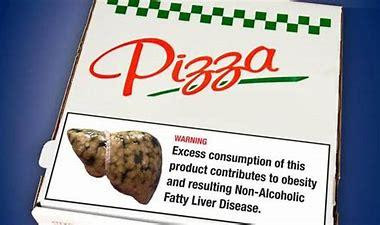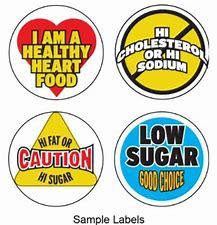
A warning label is an instant recognition by consumers of unhealthy foods and consumers must become a stakeholder for decision-making about choosing healthy foods. With this idea in mind recently in early 2022 a national study which was undertaken in public interest was conducted by leading social scientists from Indian Institute of Population Sciences has revealed that consumers in India are ready for warning labels on the front of foods high in nutrients of concern. This study is of relevance today as FSSAI has once again recently initiated the process of drafting a Front-of-page Label (FOPL) regulation. Doctors, public health experts and consumer right groups have warned that India must rely on evidence and science to adopt an effective label design.
This randomized control field experiment which was carried out in six Indian states reckoned what top doctors and public health experts have been saying for quite some time now which is simple, negative warning labels that clearly identify unhealthy products will work best in reversing hypertension, diabetes and obesity health crisis.
The scientists are convinced that this study is scientific and timely as for the first time people have spoken, corroborating the science that we have known all along. In this experiment nearly 2900 adults in rural and urban areas of Odisha, Uttar Pradesh, Karnataka, Gujarat, New Delhi and Assam were asked to view a series of unhealthy products displaying one of five labels that are prevalent-multiple traffic light label which is a system preferred by countries like the United Kingdom, Guideline Daily Amounts (GDA) and Health Star Rating (HSR) which are the labels favoured by the industry and Warning Labels which are considered a global gold standard.
Warning labels came out to be the top scorer on both primary and secondary outcomes. Warning labels were the only FOPL which led to a significant change in consumer purchasing decisions toward healthier products. It showed nutrition information most effectively and past evidence shows that if the message is delivered well it leads to behavioral change. Simple, visually clicking, negative warning labels will convey information about the healthfulness of a product and at the same time will influence purchasers’ buying decisions. The researchers believe that this important study will influence FSSAI’s decision as it considers an FOPL that is best for India.
It has been observed that in the last 13 years, consumption of ultra-processed snacks by Indians has gone up almost 40 times and this dietary shift has caused a massive increase in diet-related diseases. Nearly one out of 4 adults are classified as obese or overweight and without any strict interventions the prevalence of obesity is expected to more than triple by 2040. So need of the hour is a FOPL backed by scientific nutrient thresholds such as the WHO SEARO Nutrient Profile Model (NPM) which will be a critical intervention to effectively move consumers towards healthier foods and drinks and also push the industry to improve the nutritional profile of the products they sell.

This study by IIPS has supported the recently released findings of a pan India observational study done by All India Institute of Medical Sciences (AIIMS) in which high-in style is the clear winner that emerged as ‘simple warning labels’. Thus doctors and social scientists endorse that this is the time to act and adopt Warning Label Style FOPL which is universally acknowledged and scientifically proved as the most efficient and effective.
This point is further emphasized as India is facing an increase in cases of cardiovascular diseases, diabetes, cancer and other noncommunicable diseases (NCDs) claiming several lives on a daily basis. Studies show that in Chile, within 18 months of the Government implementing the warning label law, there was 24% reduction in purchases of sugar-sweetened beverages and 27% of calories, sugar and sodium from unhealthy foods and beverages. In Australia where HSR was implemented, even after four years of its implementation, studies showed minimal impact on the purchase and consumption of unhealthy foods. So India’s medical and scientific fraternity have put their vote for ‘warning labels’ on unhealthy junk and packaged food.
Source: www.Dailypioneer.Com

